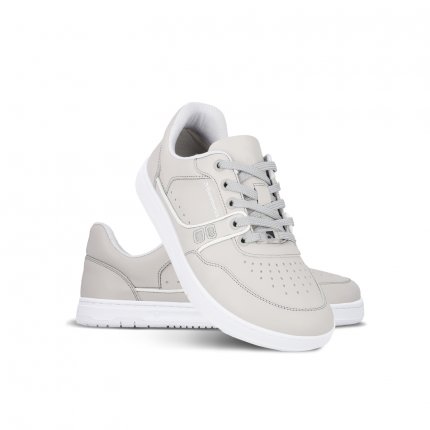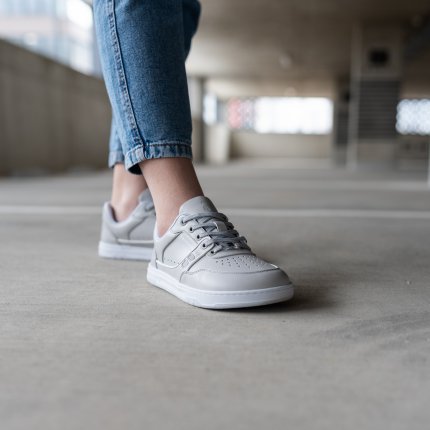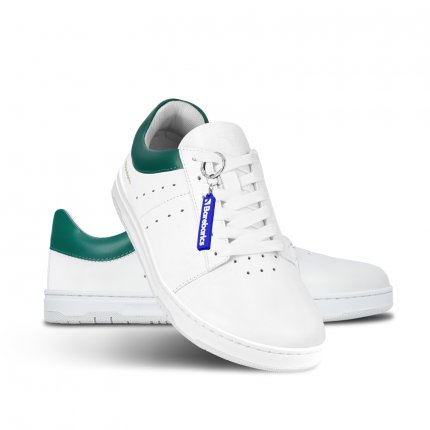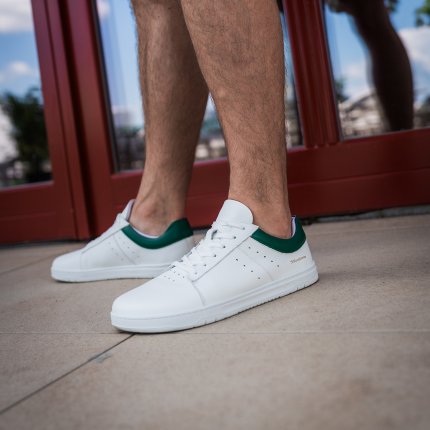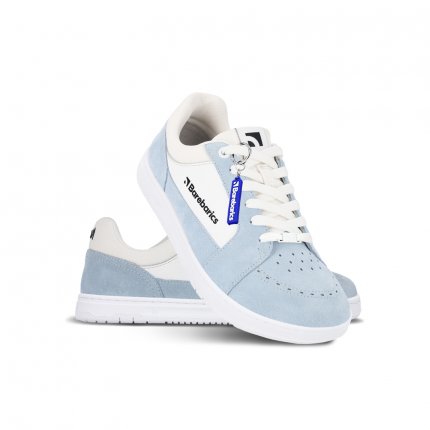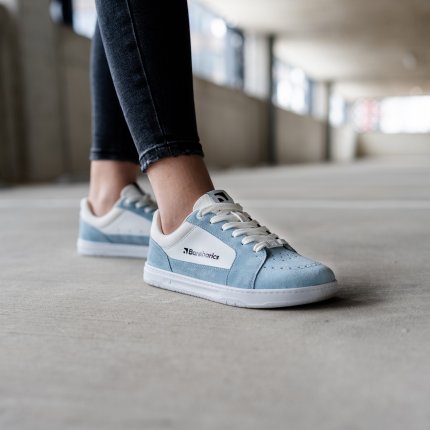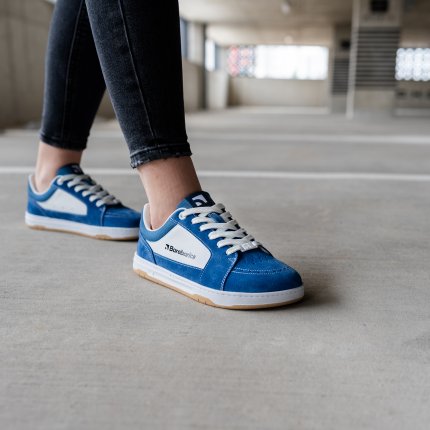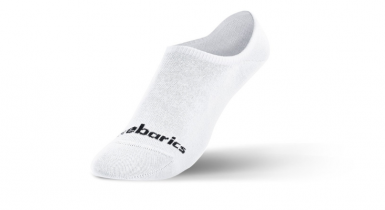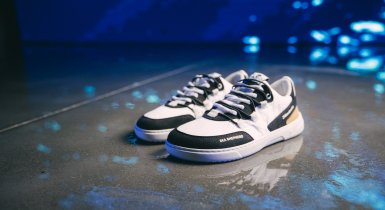How to Tell if You're Wearing the Wrong Shoes
You don’t want that. You don’t want to live a life where your sneakers decide how many steps you take each day. And you certainly don’t want to live with pain that could easily be solved with the right choice of footwear. Foot pain is not entirely normal, and if you experience it daily, it might be time to reassess what you're wearing.
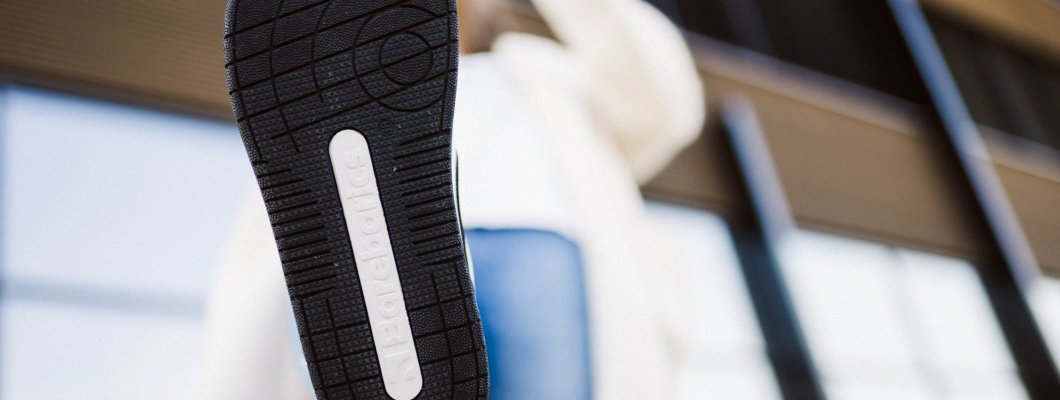
Table of contents
How Your Body Tells You That You're Wearing the Wrong Shoes
Your body communicates with you. When you're wearing the wrong shoes, you might notice the following signs:
- Pain on the bottom of your feet—especially in the heel, arch, or under the toes. This could mean the sole isn’t cushioning or absorbing shock properly.
- Burning feet—often caused by improper materials or poor ventilation.
- Cramps and stiffness in the toes—indicating a lack of space in the front part of the shoe.
- Repeated blisters and calluses are signs of poor fit or incorrect shoe size.
What Are the Risks of Cheap Footwear?
Cheap footwear may seem like a good deal at first, but it often hides several health risks.
- Stiff sole —doesn’t provide adequate shock absorption, leading to foot pain, especially if you walk or stand for long periods.
- Narrow fit — presses on the toes, limiting their natural spread and potentially affecting your posture.
- Low-quality materials — often reduce breathability, leading to excessive sweating, fungal growth, or unpleasant odors.
- Poor ergonomics — the shoe’s bad shape negatively impacts your body’s alignment, with the knees and spine suffering the most.
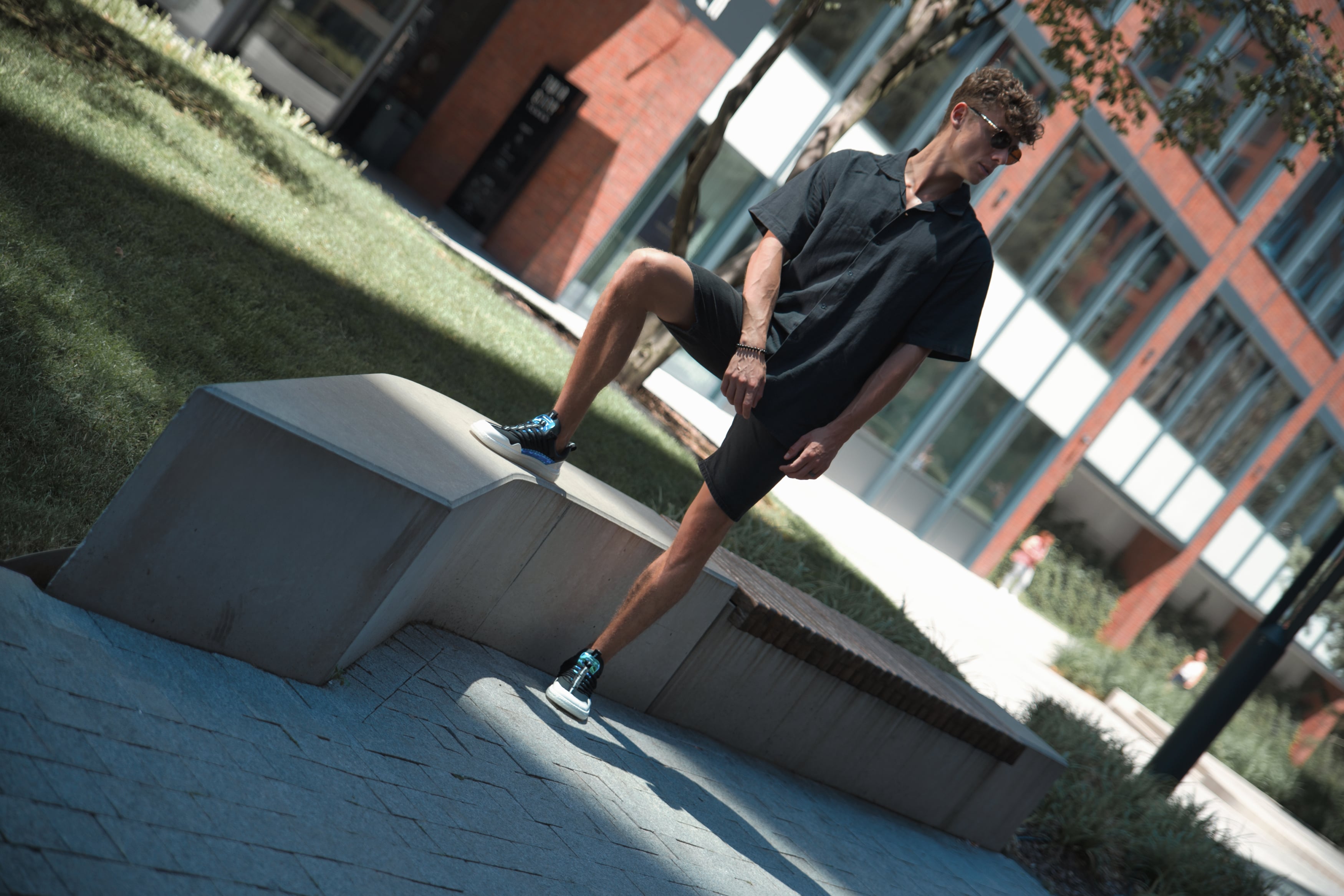
Why You Should Pay Attention to the Sole
The sole isn’t just a piece of rubber between you and the pavement. A well-designed barefoot sole:
- Absorbs shock when landing
- Adapts to the surface
- Allows for natural foot movement
How Barefoot Shoes Change the Way You Walk
Walking in barefoot shoes reduces impact forces and improves proprioception—the ability of your brain to sense your body’s position in space. It can even affect pain. A study from ScienceDirect showed that for people suffering from chronic heel pain, walking barefoot or in minimalist shoes resulted in significant pain reduction and improved quality of life compared to wearing regular shoes.
Key Features of Barefoot Shoes:
- Natural foot position — Your feet are properly aligned on a flat surface, so you walk naturally. You breathe better, hold your body correctly, and your spine suffers less.
- Super flexible sole — It bends according to the movement of your foot. The muscles in your feet strengthen, and your body moves more efficiently.
- Room for toes — Your toes have plenty of space, giving you greater stability and a lower risk of injury.
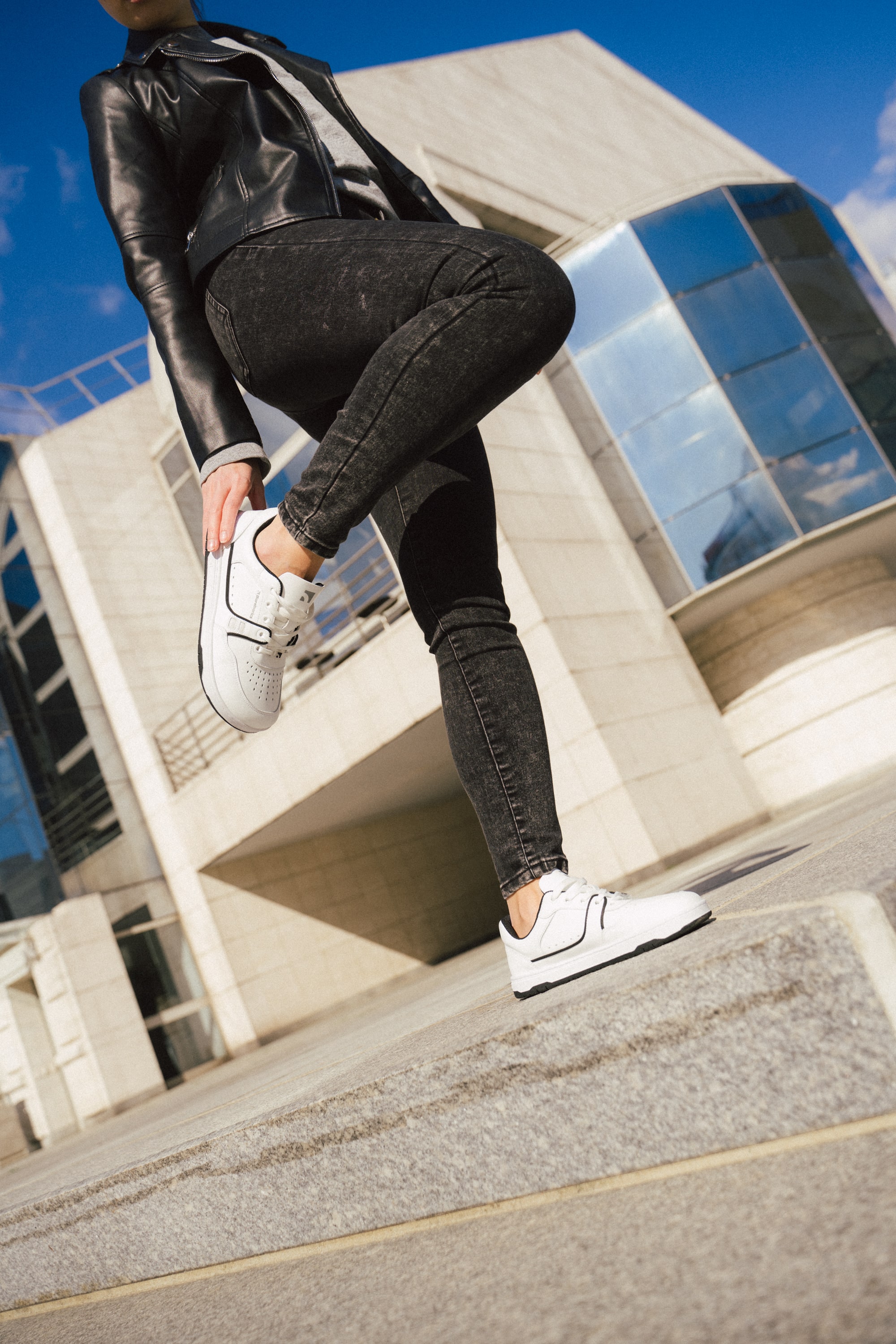
How to Switch to Barefoot Shoes Safely and Without Pain
Switching from regular shoes to barefoot ones is not a drastic change if you respect your body.
We recommend the following approach:
- Start at home — Spend a few hours a day completely barefoot.
- Gradually start wearing barefoot shoes — First, for short walks.
- Increase the load — Once you’re accustomed, go for longer walks.
- Listen to your body — Muscle soreness in the feet is normal, but pain is not.
- Strengthen your feet — Exercises for arches, balance, and mobility will speed up adaptation.
If you're ready to try barefoot shoes, check out our latest barefoot sneaker collection
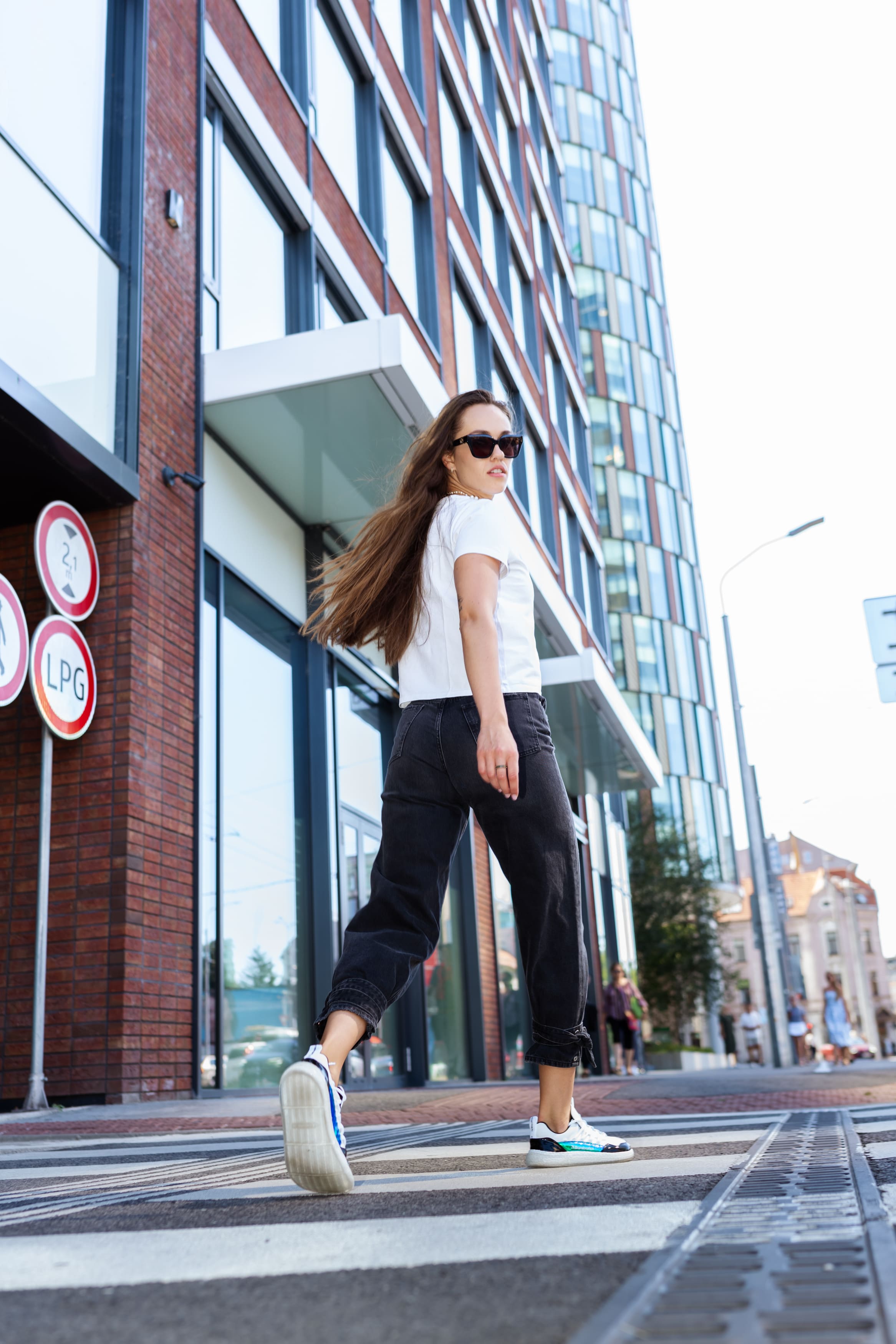
How do I know if I'm wearing the wrong shoes?
+ - If you feel burning in your feet, heel pain, toe cramps, or have repeated blisters, your footwear likely doesn’t match your feet’s shape and needs.
Is cheap footwear really that bad?
+ -Yes. It’s usually made of low-quality materials, with hard soles and poor shape, which increases the risk of injuries and pain.
What makes barefoot shoes different?
+ -They have zero heel-to-toe drop, a wider toe box, and a flexible sole that conforms to the terrain. They allow natural foot movement.
How long does it take to transition to barefoot?
+ -Typically, it takes a few weeks to months. Gradually increase the wearing time and work on strengthening your feet.



